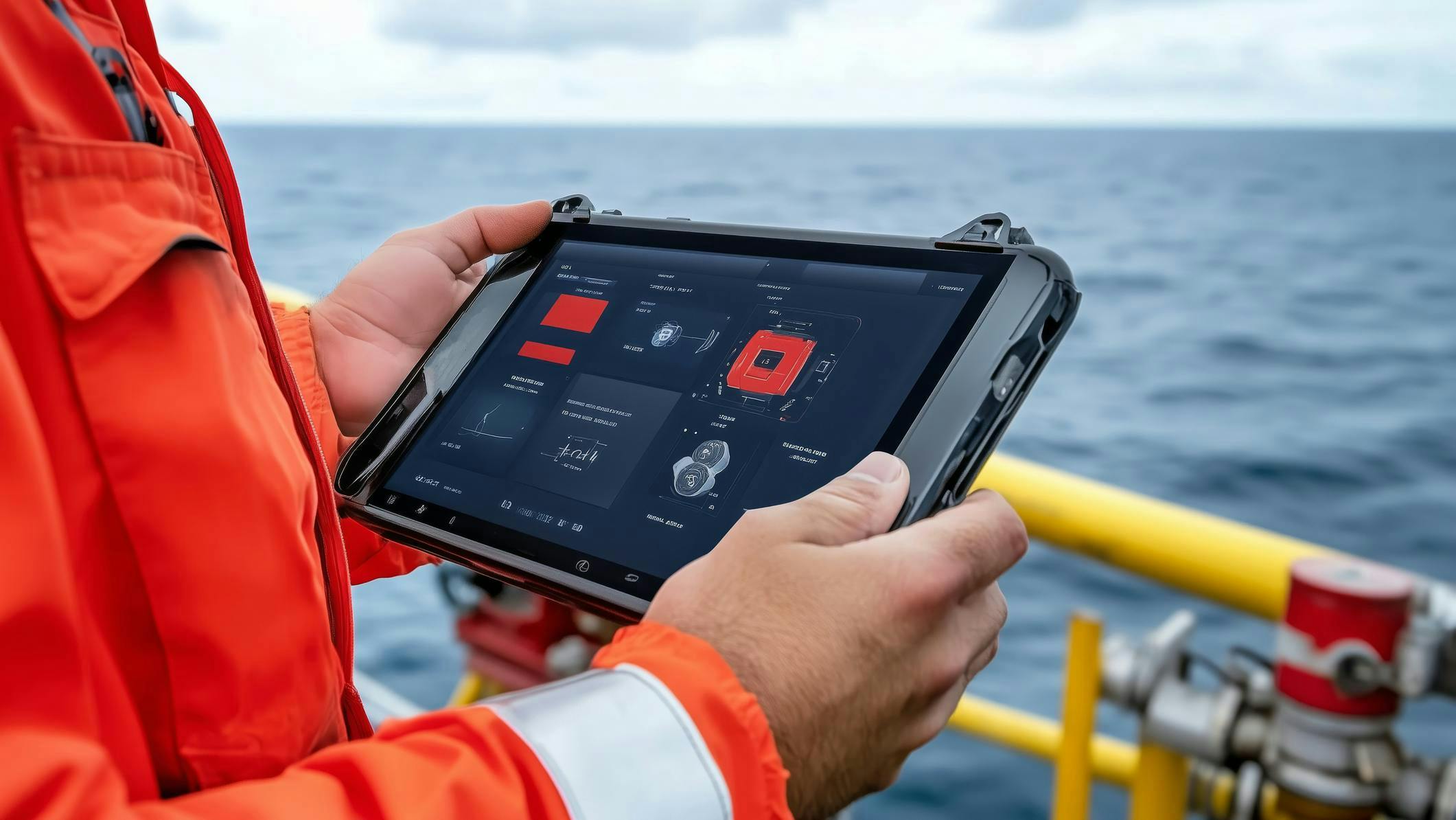Embracing Digital Transformation in Offshore Brownfield Projects

The oil and gas industry is at a pivotal moment, with the relentless push for sustainability and efficiency driving a digital revolution. In the realm of offshore brownfield projects, embracing digital transformation is no longer a luxury but a necessity. This article delves into the compelling reasons why offshore brownfield projects should embark on this transformation journey, leveraging cutting-edge technologies to optimize operations, enhance safety, and improve overall performance.
### 1. **Efficiency and Productivity**
Traditional paper-based processes continue to dominate the day-to-day activities in the oil and gas industry, hindering a digital evolution. However, the introduction of Advanced Work Packaging (AWP) technology and cloud-based software solutions like MODS can significantly streamline workflows. These digital tools eliminate labor-intensive paper records and work packaging, reducing construction and operational delays, and subsequently lowering costs (Source: [2]).
### 2. **Enhanced Safety**
Offshore brownfield operations often face unique challenges, including the inherent risks associated with working on existing platforms. Digital solutions such as MODS and Kongsberg Digital’s digital twin technology provide real-time data access and monitoring, enabling operators to make more informed decisions rapidly. This setup helps prevent accidents by ensuring that all stakeholders have a unified view of the project status and asset updates, thereby maintaining a stable and reliable workforce (Source: [1] and [4]).
### 3. **Decarbonization Efforts**
The North Sea, a critical region for energy production, is at the forefront of decarbonization efforts. Projects like the Yggdrasil field development are crucial in this journey. Siemens Energy’s collaboration with Aker BP involves remote operation of the production platform from an onshore control room. This paradigm shift toward de-manned operations not only reduces break-even prices but also significantly lowers the carbon footprint of the operations. Integrated digital platforms and advanced visualization tools are key in achieving these goals (Source: [3]).
### 4. **Remote Operations and Automation**
Automation and remote operations are transforming the way we manage offshore assets. Technologies such as LOGIX from Halliburton are utilized in complex brownfield redevelopment projects. These systems apply machine learning algorithms to compute the directional tendency ahead of the drill bit, ensuring optimal wellbore placement and minimizing risks (Source: [5]). Such advanced technologies enable continuous data analysis, adapting to the constantly changing downhole environment, thereby enhancing drilling accuracy and efficiency.
###








